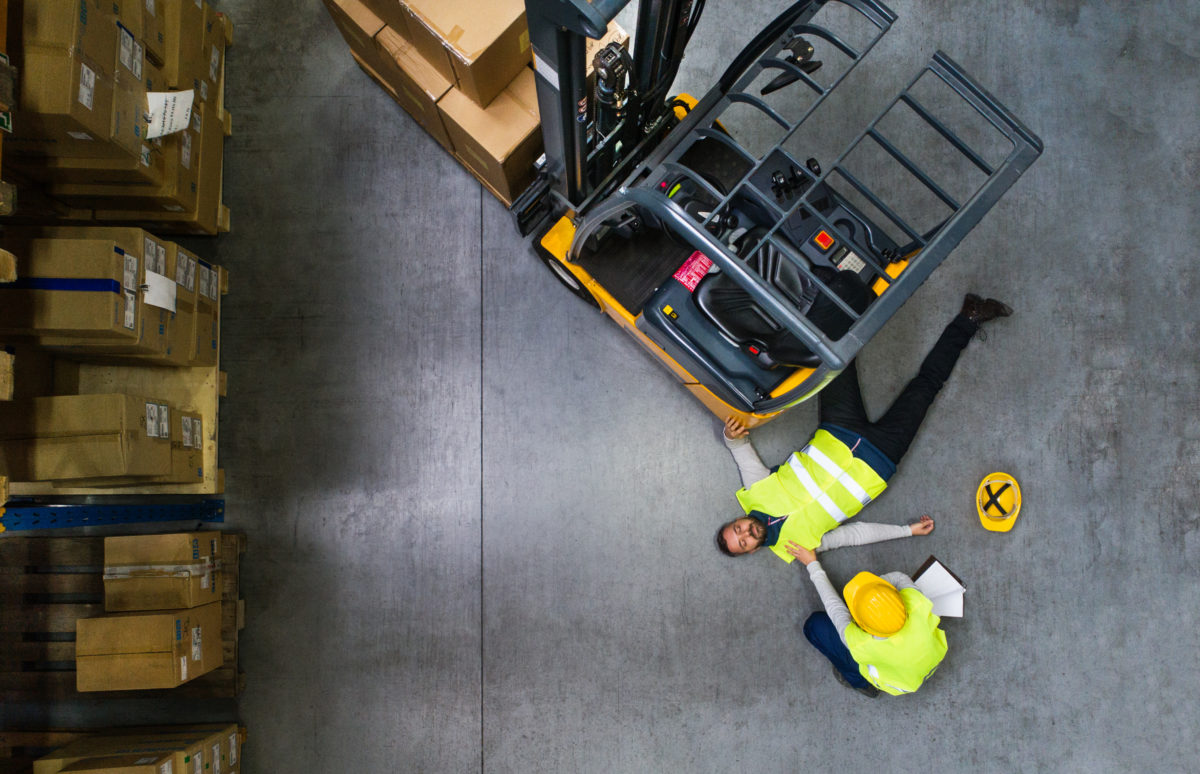All you need to know about Forklift Anti-Collision Systems

According to OSHA, up to 70 % of forklift accidents can be prevented by a higher level of safety.
The Forklift Anti-Collision system eliminates the blind spots in operation and autonomously invokes the required predefined actions like autonomous deceleration of the Forklift against the other Forklift, towards the pedestrians, and in specific zones.
Some Forklift Anti-Collision systems are fully compatible with projection marking. The projection of the safety symbol is triggered by the motion of the Forklift. The system is designed for all-electric Forklift manufacturers and to be transferable from the fleet to the fleet.
This technology helps to safeguard the vehicle operator by proactively analyzing and alerting them of possible risk scenarios.
There are multiple benfits from the Health and Safety perspective that are offered by Forklift Anti-Collision Systems:
Types of Anti-Collision Systems
There are various types of anti-collision systems available for logistic vehicles. They include:
Functionality offered by Forklift Anti-Collision Systems
Required Equipment
Equipment required for implementing a Forklift Anti-Collision Systems are

